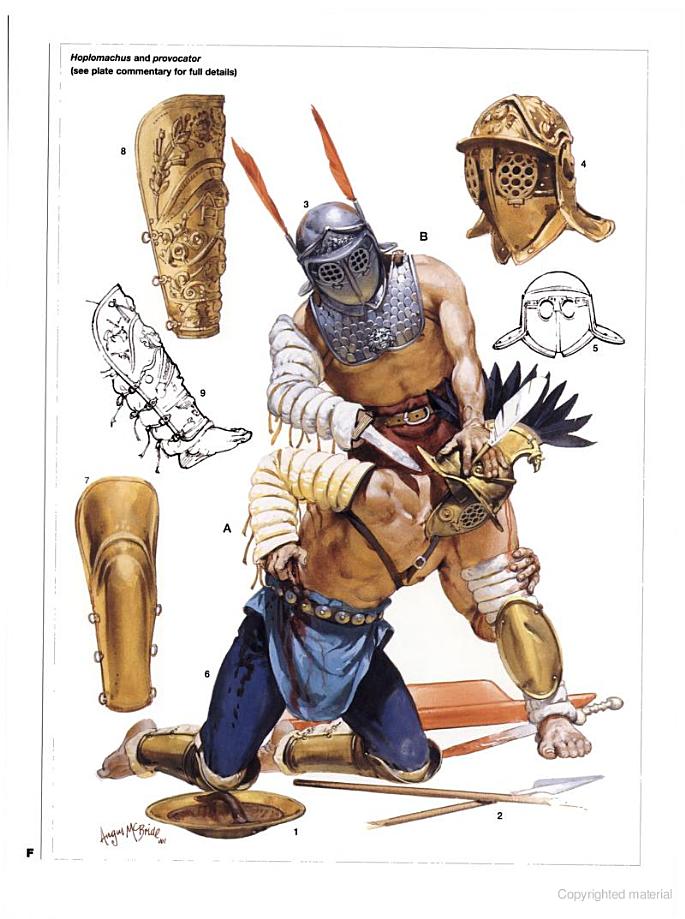HYSTORY of GLADIATOR SCHOOL -english
Gladiator Schools in Rome
History, Facts and Information about Gladiator Schools in Rome
The content of this article provides interesting history, facts and information about Gladiator Schools in Rome. The gladiator schools in Rome also served as barracks where gladiators lived between their fights. The gladiator schools in Rome were famous and envied throughout the Roman Empire for producing the very best gladiators. There were four gladiator schools in Rome:
- Great Gladiatorial Training School (Ludus Magnus)
- Bestiaries School (Ludus Matutinus)
- Gallic School (Ludus Gallicus)
- Dacian School (Ludus Dacicus)
The first Roman Gladiators were prisoners of war and were named according to their ethnic roots such as Samnite, Thracian and the Gaul (Gallus). Two of the Gladiator schools in Rome were also named accordingly. The Ludus Gallicus for Gallic gladiators of Gaul and the Ludus Dacicus named for Dacia. Dacian Wars with the Romans were fought between AD85 to AD89. Old Roman enemies became allies and the names of the different types of gladiators changed to reflect their different combat techniques rather than their countries of origin. For general facts and information click the following link:
Location of the Gladiator Schools in Rome
All of the Gladiator Schools in Rome were in extremely close proximity to the Roman Colosseum. In fact the Ludus Magnus the great Gladiator School was connected to a tunnel which led directly to the Gate of Life in the Colosseum where the gladiators would have made their entry. The Ludus Magnus was located in a building just outside the Colosseum and the building next to it was the the Bestiaries School, the Ludus Matutinus.
History of the Gladiator Schools in Rome
The history of the Gladiator Schools in Rome is highlighted by the building of the four great imperial schools of gladiators in Rome. The schools were commissioned by the Emperor Domitian, who reigned from 81 AD to 96 AD, shortly after the Roman Colosseum was built in 80AD. All of the gladiator schools were located very near to the Roman Colosseum.
Description of the Gladiator Schools in Rome
Each gladiator school in Rome had an arena, similar to that of the the Colosseum, but smaller. The arenas in the gladiator training schools of Rome were surrounded by raised seating, the largest, the Ludus Magnus, held 3000 spectators. Many Romans visited these training schools when there were no gladiatorial games being staged at the Colosseum. The arena was the centre of the school complex. At the rear of the seating area was a portico that opened onto the gladiator’s cells. The gladiator's cells were 2/3 storeys high. The gladiators slept in cells, often two in a room. There was accomodation for the slaves and staff who worked in the Gladiator schools and also rooms where the training equipment was kept, baths, a mess hall and kitchens.
Gladiator Schools in Rome - Ludus Matutinus
The Bestiarii gladiators were trained in specific schools who specialised in fighting wild and exotic beasts. The schools were called the scholae bestiarum or the bestiariorum. The Bestiaries School in Ancient Rome was called the Ludus matutinus, which was a building situated adjacent to the Roman Colosseum which was established by the Emperor Domitian. The name of the school, Ludus matutinus, is derived from Latin word matutinus meaning "of the morning" which was when the animal, or wild beasts fights, were scheduled. The types of gladiators who trained in this school were Bestiarii (Beast Fighters) and the Venatores (Wild Animal Hunters).
Gladiator Schools in Rome - Ludus Gallicus
The Ludus Gallicus was the smallest of the gladiator schools and specialised in training gladiators who were heavily armored which focussed on the training of first the Gallus Gladiators and then incorporated the Samnite gladiators. The other heavily armed types of gladiators such as the Murmillones and the Hoplomachi soon followed.
Gladiator Schools in Rome - Ludus Dacicus
The inhabitants of Dacia are generally considered as belonging to the Thracian nations. The Thrax or Thracian gladiators and the Dimachaerus gladiators used a sword called a sica, or siccae, which was a short, curved sword, with a blade about 16-18 inches long. This was the most common type of Dacian sword. The Dacian School (Ludus Dacicus) was built near the Baths of Trajan in Rome.
Gladiator Schools in Rome - Ludus Magnus
The Great Gladiatorial Training School (Ludus Magnus) was the biggest of all of the gladiator schools in Rome. It would therefore seem reasonable to assume that the gladiators who trained here needed the greatest amount of space. This type of gladiator would be the gladiators who used chariots, rode on horseback or used weapons such as the spear, the net or the lariot (lasso). The names of these fighters were called the following:
Eques (Horseback And Sword Gladiator)
Essedari (War-Chariot Fighters)
Velites (Fought in groups with Spears)






